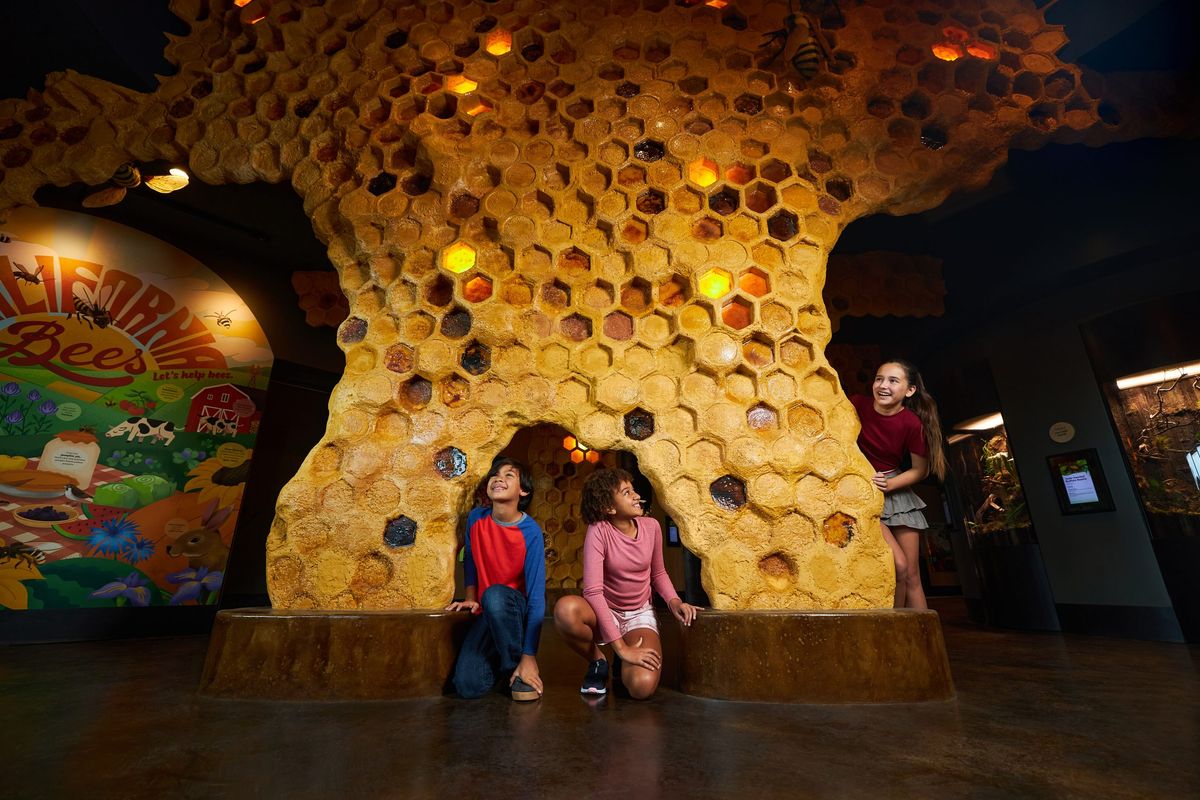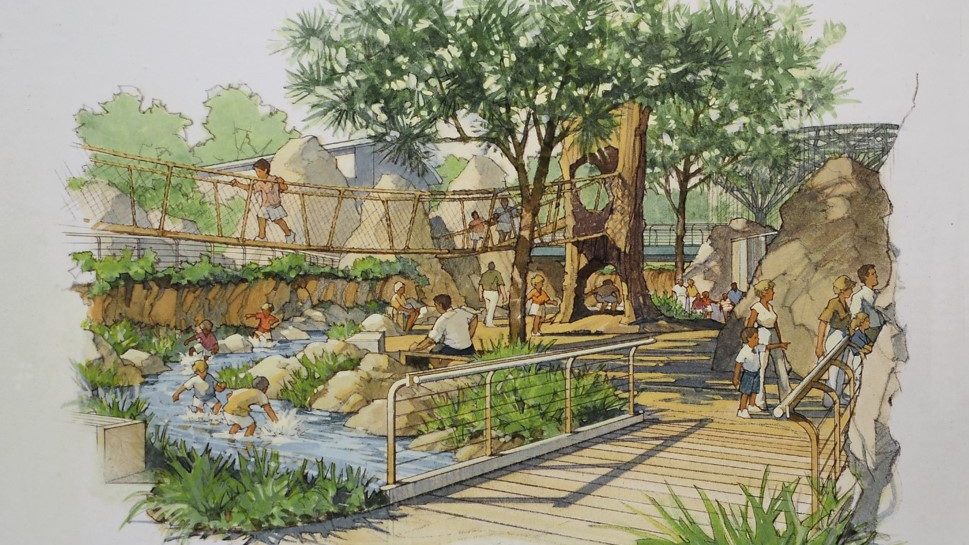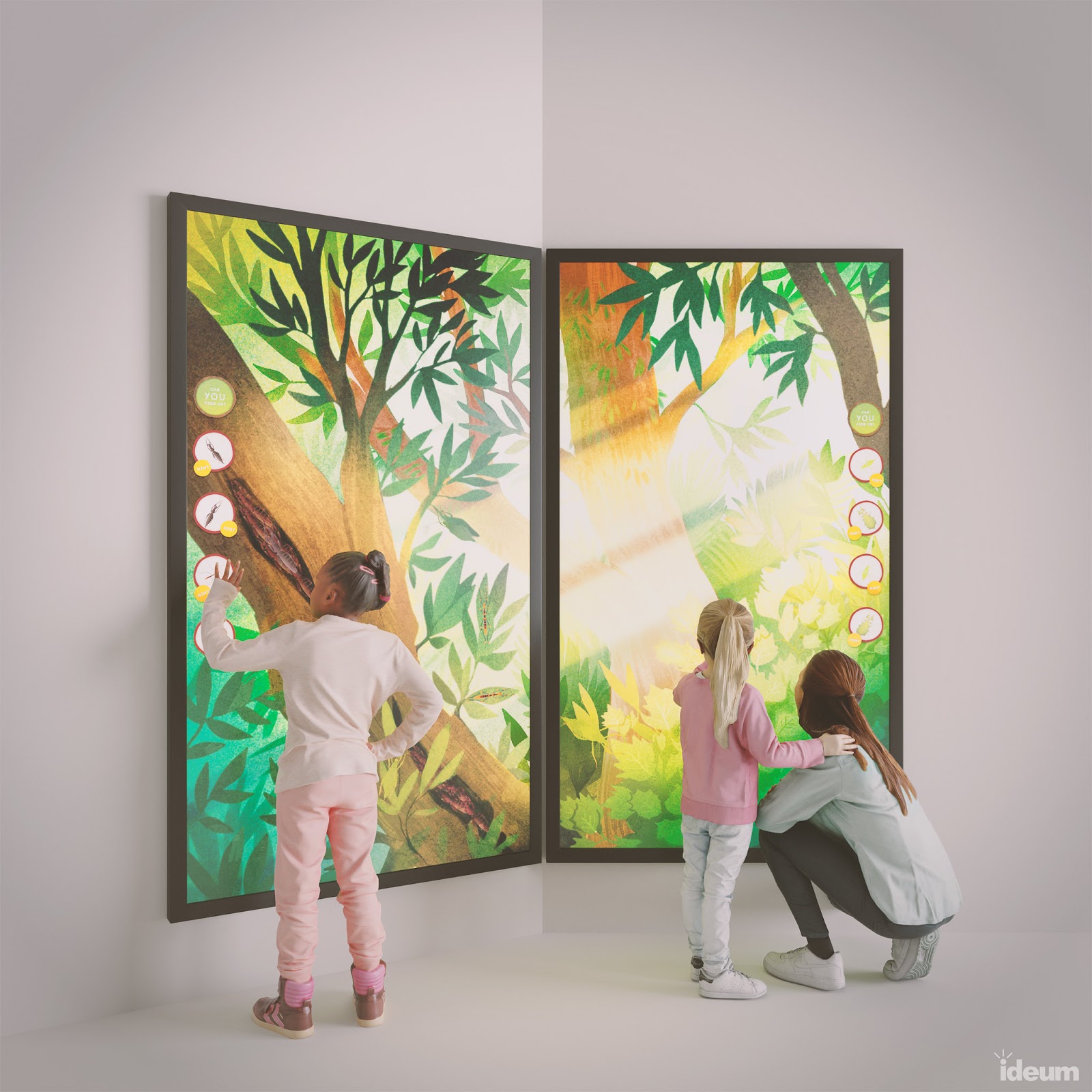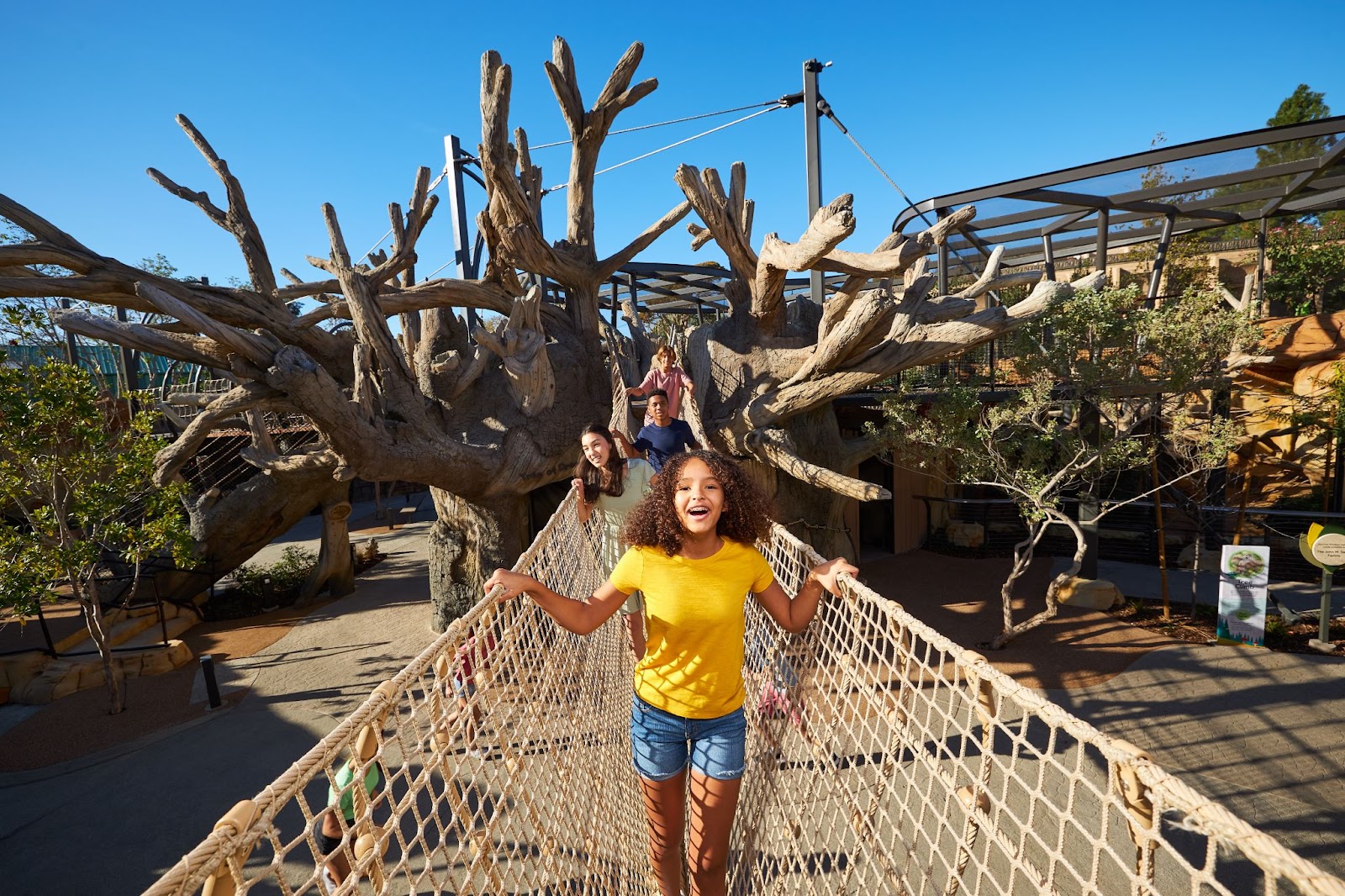San Diego Zoo Wildlife Alliance adds Wildlife Explorers Basecamp for interactive education

A few minutes every morning is all you need.
Stay up to date on the world's Headlines and Human Stories. It's fun, it's factual, it's fluff-free.
From prairie dogs and orb-weaver spiders to axolotls and coconut crabs, residents of the San Diego Zoo have begun to transition to their new ecosystem in the Denny Sanford Wildlife Explorers Basecamp. The San Diego Zoo Wildlife Alliance, a nonprofit leading global conservation initiatives, plans to open the basecamp on March 11 of this year.
Through collaborative relationships, the Alliance has reintroduced almost 50 endangered species to their native habitats. True to its mission, the Wildlife Alliance developed the basecamp to empower and educate visitors, especially the next generation, to contribute to wildlife conservation.
Built on what was previously the Children’s Zoo site, Wildlife Explorers Basecamp spans 3.2 acres and divides into four habitats: Rainforest, Marsh Meadows, Wild Woods, and Desert Dunes. Though primarily geared toward younger visitors, the basecamp incorporates attractions and educational elements to engage all ages. Interactive games, sculptures, lighting installations and animations will bring the addition to life.
We spoke with Marco Wendt, an ambassador for the Alliance, to gain insight into the design and purpose behind the basecamp. Scroll on to discover more about the Wildlife Explorers Basecamp, including features of the four habitats.
The mission behind San Diego Zoo’s new basecamp

“Wildlife Explorers Basecamp is designed to nurture and excite the next generation of conservationists,” says Wendt. “We hope to inspire a passion for wildlife that will hopefully stay with them as they become the future stewards of our planet.
“Basecamp allows young explorers to immerse themselves in an environment where they not only get to go outside and play, but also learn about how all life is connected,” says Wendt. “We hope that guests of all ages will leave Basecamp with a memorable experience and a newfound empathy for all wildlife.”
Educational elements

“Basecamp blends innovation and immersive technology with opportunities to check out extraordinary species, all designed to introduce the tech-native generation to the natural world,” says Wendt. “Parallel-play components are a huge factor. As a child, my imagination and fascination for wildlife began by climbing trees, exploring streams and immersing myself into the wonders of the magical world of reptiles, amphibians and invertebrates. Wildlife Explorers Basecamp takes you back to those precious moments we’ve all had as children, igniting empathy and passion for nature.
“By immersing themselves in these wild worlds, guests gain a better understanding of how critical it is to protect each of these ecosystems and how we are all interconnected,” says Wendy. “By understanding and empathizing with the plants and animals around us, we can create positive change for both wildlife and ourselves.”
The four habitats of Wildlife Explorer’s Basecamp

Rainforest
“The Rainforest is centered around the McKinney Family Spineless Marvels building that features arachnids, crustaceans and insects,” says Wendt. “These small but mighty creatures – typically overlooked, underappreciated and even feared – play a vital role in a healthy world.
Over 90% of the animals of the world are invertebrates! A rainforest canopy in the area also welcomes our guests, introducing them to wildlife ambassadors like a two-toed sloth or a prehensile-tailed porcupine.”
Wild Woods
“Wild Woods is an area for wildlife species including coatis and squirrel monkeys,” says Wendt. “Young explorers are encouraged to climb and play on the ‘Tree of Dreams,’ an ‘ancient oak tree’ that is more than 20 feet tall. There’s a suspension bridge, net tunnel, spiral staircase and numerous water play elements throughout the woodland-themed environment.”
Marsh Meadows
“Marsh Meadows is designed with an array of plant life, strategically built to attract native bird species, butterflies and bees,” says Wendt. “There is also the two-story Art and Danielle Engel Cool Critters building full of wildlife like snakes, amphibians, crocodilians, turtles and lizards. A watery habitat outside is designed to enthrall guests as they make their way to underwater viewing areas.”
Desert Dunes
“Desert Dunes features animals like fennec foxes, prairie dogs and burrowing owls,” says Wendt. “There is a dry desert-themed boulder play area for climbing, scrambling and hopping. Hidden reptile sculptures and petroglyphs can be found among the rocks and cool caves that offer shaded areas for guests to beat the heat…just like their desert species counterparts!”
Cultivate your care for creatures
“Healthy ecosystems need a diversity of plants and animals to thrive, and that diversity includes human beings,” concludes Wendt.
Eager to go looking for the addition in mid-March? Head to the left of the main entrance, and you’ll find the basecamp adjacent to the Skyfari loading zone and the Reptile House.
Is your business doing something cool that you want to show off? Get in touch at hello@themilsource.com




Comments ()